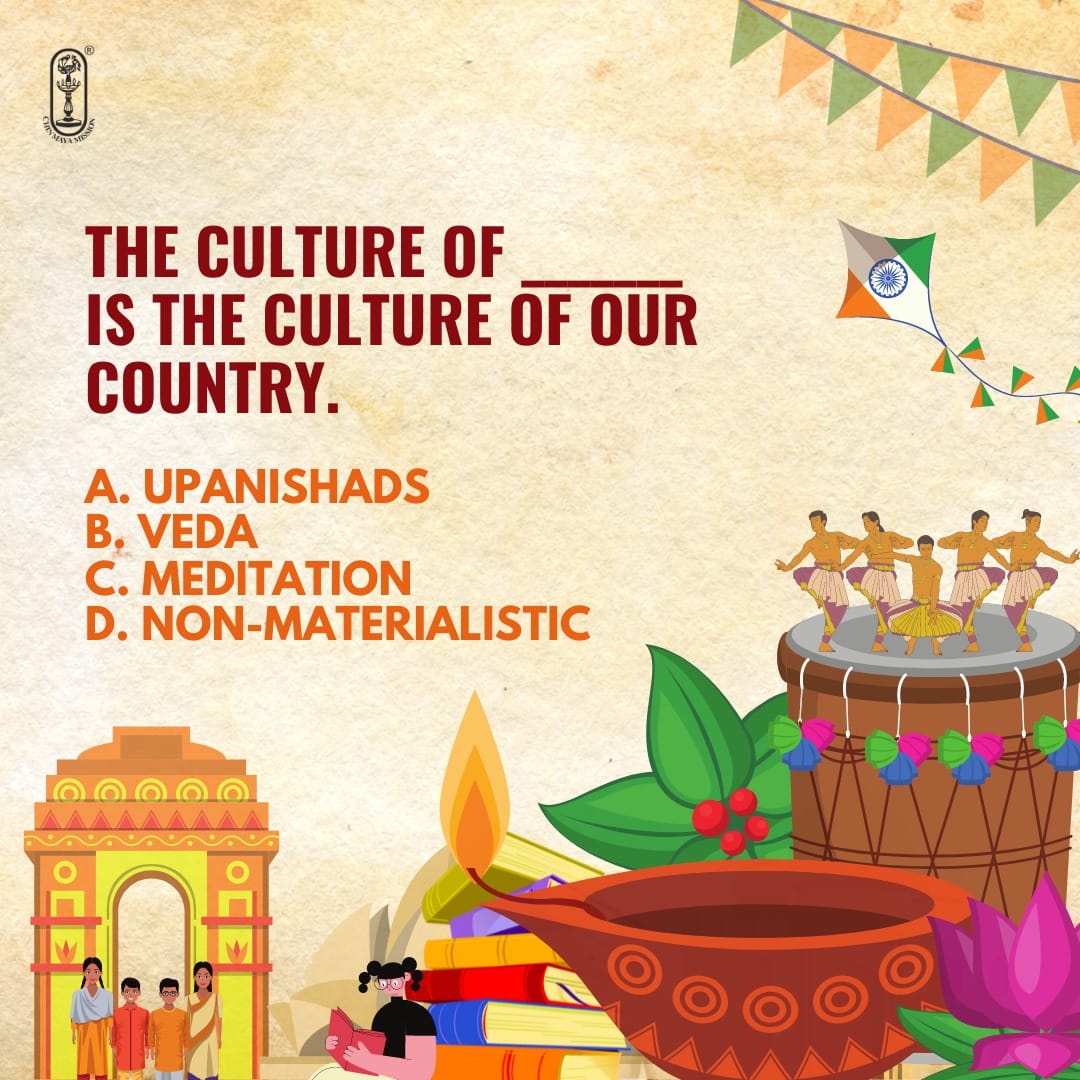The Six Systems of Philosophy in India - 2. Swami Krishnananda.
===============================================================
================================================================
Thursday, June 30, 2022. 18:00.
(Spoken on May 8, 1997)
Post-2.
================================================================
I am briefly introducing you to the methodology adopted by the six schools of thought. The Samkhya considers that matter is ubiquitous. Everywhere there is matter. Matter is immeasurable and permanent, and it cannot be destroyed. Its constituents change and modify themselves in the process of evolution and involution, but matter is not destroyed. It stands as it is, and as it shall always be.
The peculiarity of the Samkhya that consciousness is manifold in its nature is contrary to expectations. That is to say, the observers of the object are many in number. They have made a mistake here in confusing psychological consciousness with metaphysical awareness. However that be, we are not here to argue for or against Samkhya. It is only a statement of the position made by the Samkhya. There are multiple perceiving centres of consciousness, called purushas, and there is one inert matter, called prakriti.
Hence, there are the twins Nyaya and Vaisheshika on the one hand, and Samkhya and Yoga on the other hand. Yoga adds one more principle to the existing or accepted two principles of Samkhya. For Samkhya, only two things are sufficient. There is no need for any other principle. Consciousness and matter, and their interactions, explain everything, every situation, in any condition. By ‘Yoga' here I do not mean the actual practical side of it—asana, pranayama, pratyahara, dharana, dhyana and samadhi. This is not what we mean when we think of the Yoga school of thought. The school proper is a logical foundation. The Yoga considers that the two principles of the perceiver and the perceived cannot explain matter.
For instance, there is action and reaction in every experience, and every action produces a result which pounces upon the experience, even if it be a thought, speech or deed. These reactions are to be properly dealt with. That is to say, there should be a dispenser of justice. If an individual has done good deeds, those deeds have to be rewarded. Otherwise, if the action has gone in a wrong way, it has to be rectified by necessary recompense, by punishment. Now, a person who commits the deed cannot reward or punish himself or herself. There must be a judiciary for that. A third principle is essential. This was noted by the Yoga metaphysicians. An all-knowing Ishvara, or creative principle, was posited by the Yoga System. Here we must note that the Ishvara of Yoga is quite different from our idea of God. For us, God is the creator of the world. But the Ishvara of Yoga is not the creator of anything. He is a witness of the operations of purusha and prakriti; and, according to the nature of the deeds of the purusha, rewards and punishment will be meted out by the ordinance of Ishvara.
Now we come to a very difficult twin school of philosophy, known as Mimamsa and Vedanta. The Mimamsa and the Vedanta schools are founded, basically, on the Vedas and the Upanishads. Nyaya, Vaisheshika, Samkhya and Yoga have nothing to do with the Vedas or the Upanishads. They are purely intellectual schools. Their basis is pure rationality, argumentation, and syllogism. Purva Mimamsa and Uttara Mimamsa are the two schools of Mimamsa, also known as Karma Mimamsa and Brahma Mimamsa. Mimamsa means investigation.
What is the investigation carried on by the Purva Mimamsa and Uttara Mimamsa? In the case of the Purva Mimamsa, the investigation is pure ritual, as enumerated in the ritualistic sections of the Vedas, known as the Brahmanas. Here, the word brahmana does not mean the Brahmin caste. It is a series of textbooks. There are four Vedas: Rik, Yajur, Sama and Atharva. Each of the Vedas has four sections, known as Samhita, Brahmana, Aranyaka and Upanishad. Samhita is a prayer book. The Purusha Sukta, Rudradhyaya, etc., that is recited in temples comes under the Samhitas, which is a collection of prayers. These are the most prominent part of the Vedas. When people say they are studying the Vedas, generally they mean they are studying the Samhita or the prayer, the hymn, aspect of the Vedas.
To be continued ...
===============================================================





Comments